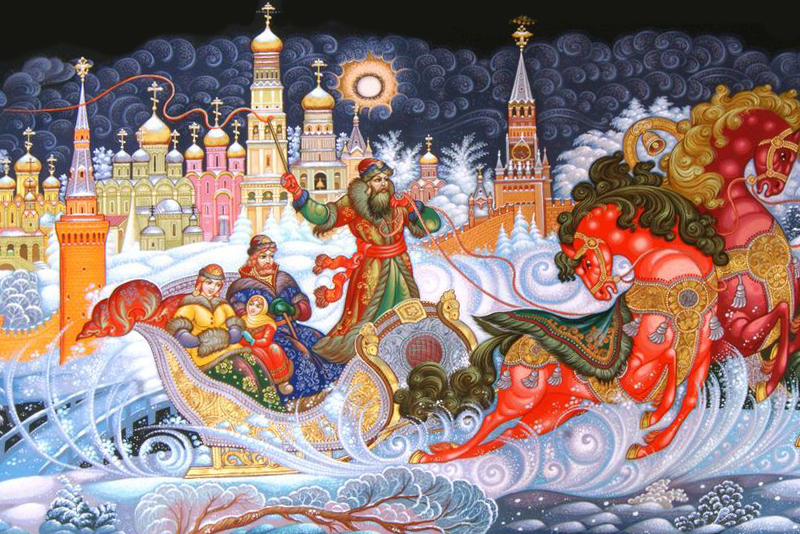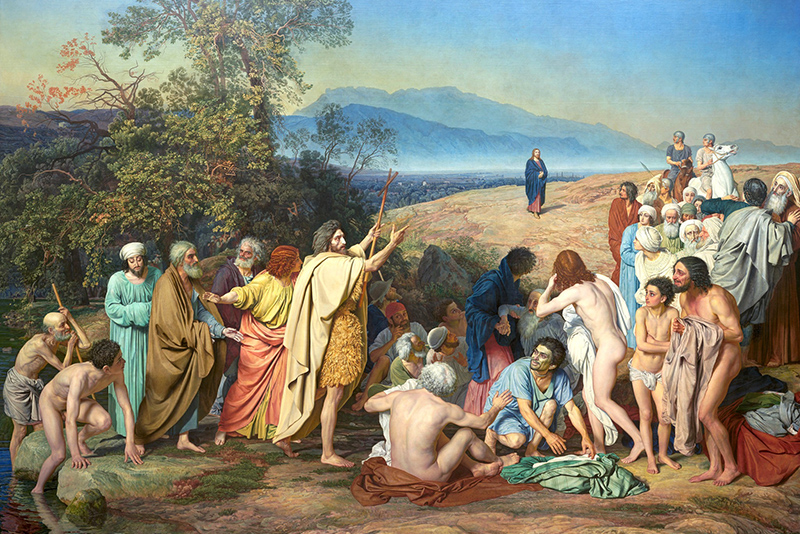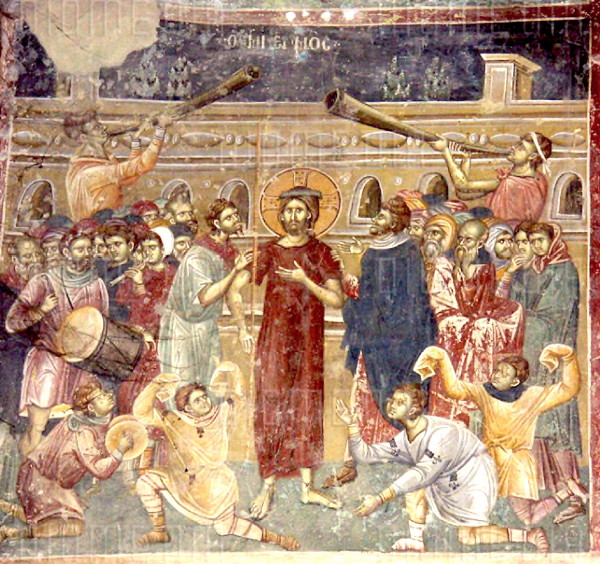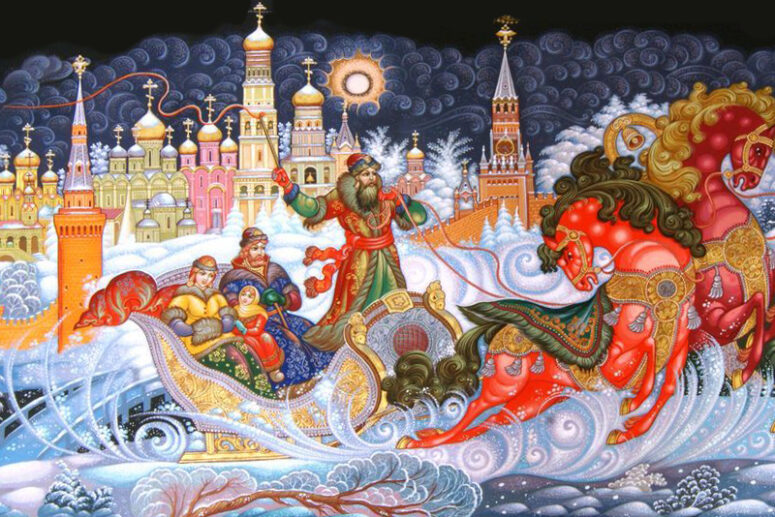
Anatoly Vlezko, leader of the workshop “Palehsky Ikonostas”, answers.
Paleh is an old Russian village, now an urban-type settlement in Ivanovo Region of Russia. The name Paleh is of Finno-Ugrian origin. According to some historians, it had become the centre of a princely estate by the 13th century. Its first mention in the chronicles dates back to 1645. Iconographers had settled here before the reign of Peter the Grade. They were artists of a high calibre, and they worked in teams called artels. Many consisted of family members. Artels took responsibility for all stages in the production of an icon, from board preparation to lacquering.
There are several known dynasties of iconographers from Paleh. Together, they have upheld the old iconographic traditions up until the Soviet era. The know-how and achievements of Paleh’s artists have formed a distinct local school of iconography. Its representatives were adept at painting the finest details as they decorated their paintings with images of animals and birds borrowed from Russian folk tales.
In the 19th century, artists from Paleh painted the walls of the Moscow Kremlin’s Faceted Chamber. They also worked at Moscow’s Novo-Devichi Convent and the Laura of the Holy Trinity and St. Sergius.
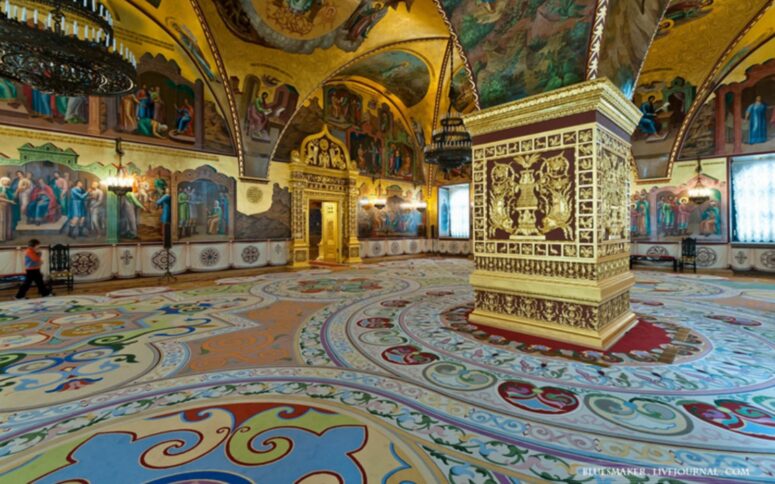
The Revolution of 1917 in Russia interrupted for many decades the development of the Paleh tradition of iconography, but the artists switched from icons to miniature lacquered paintings of characters from Russian legends and traditional stories. Black lacquered jewel boxes painted by Paleh’s artists in bright colours and gold were known throughout the Soviet Union and could be found in many homes. Paleh’s miniature art won worldwide esteem, which has kept alive Paleh’s distinct painting style. With great dedication, modern icon painters, iconographic artels and workshops are keeping the centuries-old iconographic tradition.
Translated by The Catalogue of Good Deeds
Source: https://foma.ru/chto-takoe-paleh.html

